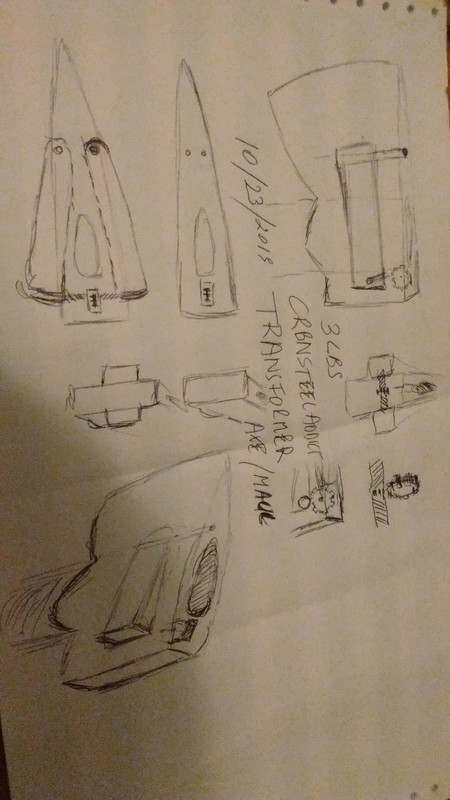Hi BladeForums!
My name is Watkins. I am an industrial design student looking for some advice and insight into wood chopping and hand tools, specifically kindling and hatchets. A lot of my classmates are going out into the professional world to get information about the tools they want to redesign. The only problem for me is that my school is located in a big city and I don't have the time nor means of transportation to leave. The city lacks expert hatchet users, if that, trees.
I have been researching techniques and ergonomics for the past few days, however watching YouTube videos and taking notes isn't enough to make a successful product.
If possible, I'd like for you to walk me through your wood/kindling chopping experience. At what points do you experience discomfort/satisfaction/irritation?
Cheers,
Watkins.
My name is Watkins. I am an industrial design student looking for some advice and insight into wood chopping and hand tools, specifically kindling and hatchets. A lot of my classmates are going out into the professional world to get information about the tools they want to redesign. The only problem for me is that my school is located in a big city and I don't have the time nor means of transportation to leave. The city lacks expert hatchet users, if that, trees.
I have been researching techniques and ergonomics for the past few days, however watching YouTube videos and taking notes isn't enough to make a successful product.
If possible, I'd like for you to walk me through your wood/kindling chopping experience. At what points do you experience discomfort/satisfaction/irritation?
Cheers,
Watkins.





